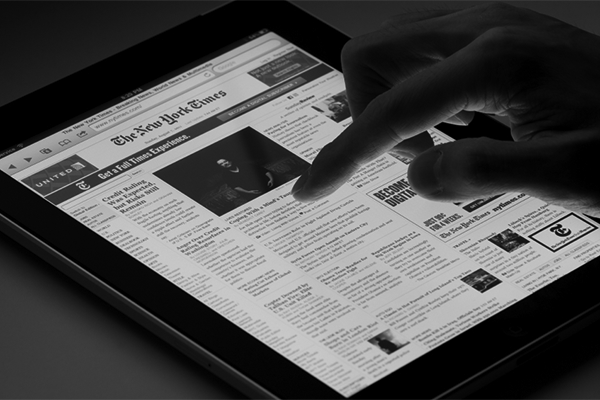“Native advertising”, “sponsored content”, “content marketing” – digital media’s newest advertising format is based on an old concept. The advertorial, an ad that imitates editorial layout, has existed for decades.
In the digital age, however, the concept has taken on new forms – from suggested posts on Facebook to promoted tweets on Twitter to sponsored listicles on BuzzFeed.
Integrative digital marketing strategies combine native advertising and other types of paid media, owned media such as corporate websites, and organically-generated earned media. As all three types are closely linked and interdependent, it can be difficult to distinguish between them — particularly with hybrid forms of media like native advertising. For instance, high-quality paid media is one of the elements that can drive consumers to generate earned media through word-of-mouth and online discussions.
2015 is set to see even more native advertising as traditional media outlets and online news platforms look for new approaches to integrating native advertising into their revenue streams.
One such approach is to offer a blend of both in-house and sponsored content. Medium, for instance, now features a vertical called Gone sponsored by Marriott, which gives Marriott some editorial control of the publication of travel articles by staff writers. According to Gigaom, five of 60 articles published over the next four months will have content approved by the hotel company – like the first article, about a new hotel opening in Haiti.
The native advertising game has also been adopted by traditional media outlets. The New York Times, which launched its first native ad almost a year ago, has been praised by journalists for “raising the bar” for native advertising. It has even launched an independent team, T Brand Studio, to create native content for advertisers. Its first post, in June, was a piece on women’s prisons sponsored by the Netflix’s series “Orange is the New Black”.
There is no doubt that native advertising is a huge revenue raiser. The New York Times reported that digital-ad revenues had grown 17% in the third quarter to $38m, which helped compensate for the decline in print ad profits. In August, BuzzFeed, the highly-trafficked website that makes most of its profits from native advertising, closed a $50m investment from venture-capital firm Andreesen Horowitz. The investment is said to value the company at approximately $850m.
But what is the cost of native advertising to the reader?
Although sponsored content is usually clearly labelled as such, the labelling is often subtle and it would be easy for a reader not to realize that a company had editorial control of the piece. The evidence suggests that when readers find out that an article or video was sponsored by a brand most feel deceived and less trusting of the source.
If labelling is more overt, the question then becomes, do readers care?
The evidence suggests that readers are more interested in the actual content than who is paying for it. Meredith Levien, the executive vice president of advertising for The Times, has said that readers were spending about the same amount of time on sponsored posts as on news stories.
The bottom line is, people will read what they are interested in. Sure, once they see the words “sponsored by”, they will perhaps read the article with an element of scepticism. And for Marriot, an article on Port-au-Prince may capture an audience curious about Haiti but unlikely to independently search for hotel options.
The long-term effects of native advertising on the future credibility of media remain to be seen. But in the meantime, if it’s done well, native advertising is fast becoming a win-win for everyone. The advertorial of 2015 offers a way for brands to engage with readers that goes far beyond the passé banner ads and pop-ups – boosting revenues for both businesses and media outlets.

